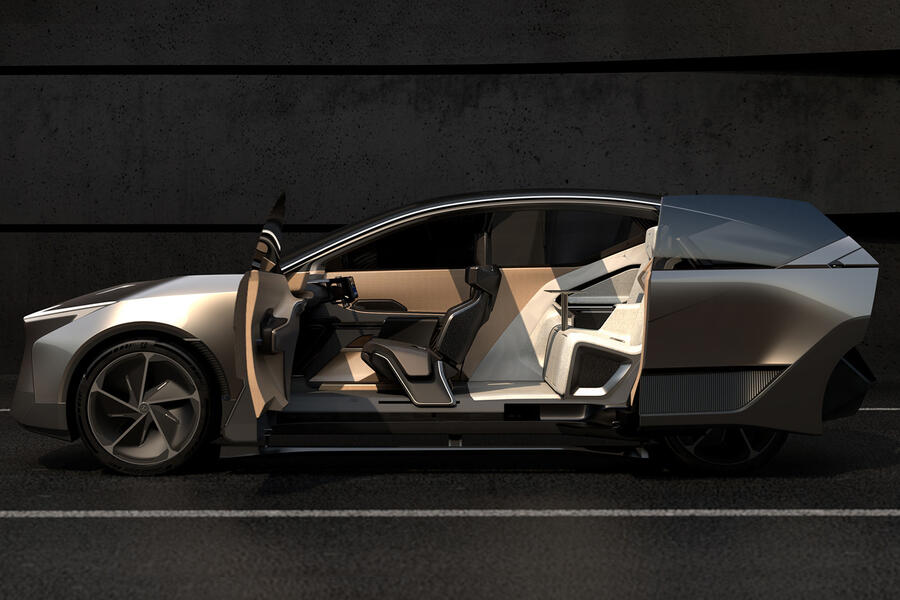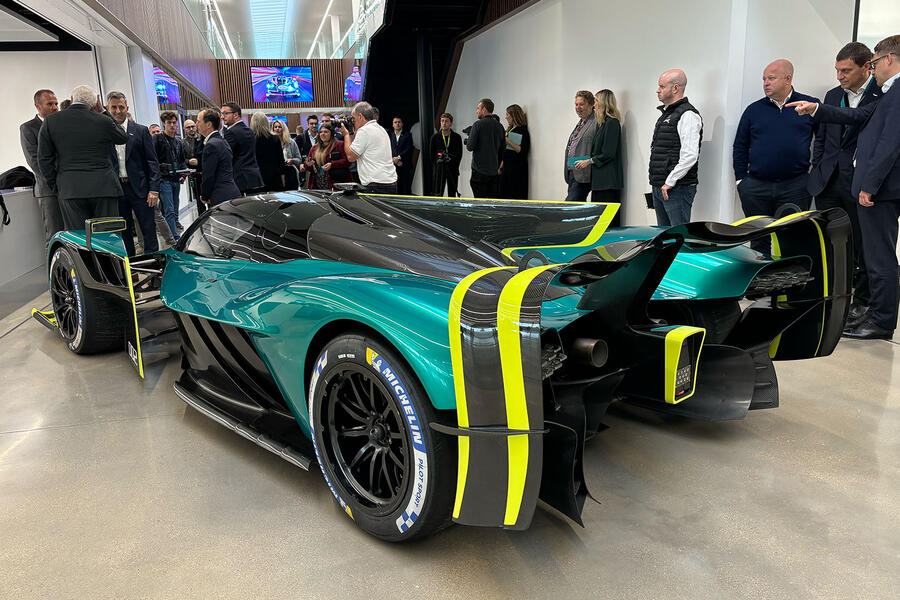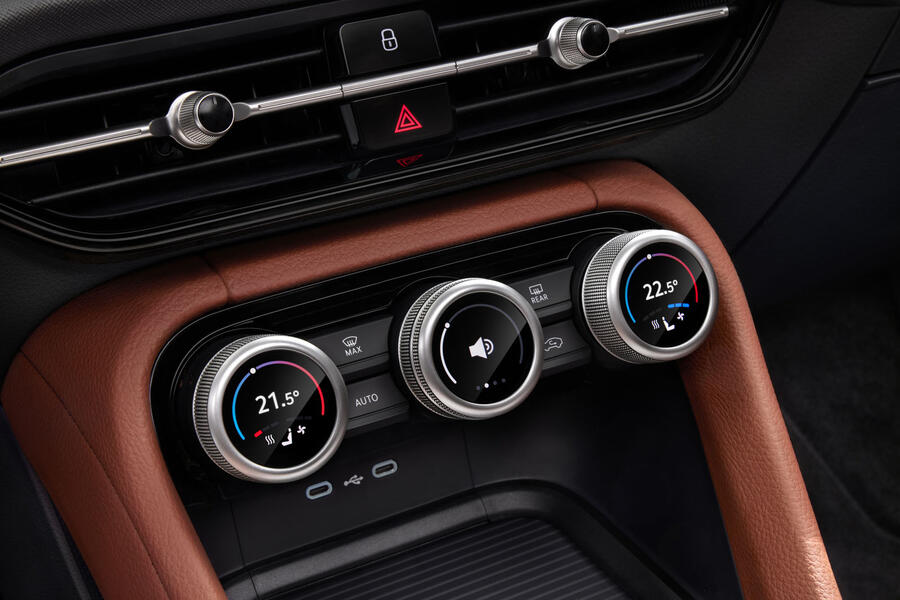Ferrari has created a new track car based on its Le Mans-winning 499P racer, called the 499P Modificata. Although Ferrari has not provided specific performance figures, racing driver Antonio Fuoco achieved a top speed of 213mph during testing of the 499P, and it is expected that the more powerful Modificata version will at least match this figure.
One of the major challenges for Ferrari was to engineer the powertrain of the 499P Modificata in a way that makes it accessible to less experienced customers. The engine mapping has been fine-tuned to ensure that torque can be easily managed, even at the car’s limit.
The torque output has not been disclosed by Ferrari, but it has been revealed that the electric motor produces 132lb ft and in the 296 GT3 model, the V6 engine produces 525lb ft. Therefore, the combined torque output of the two power sources in the Modificata could be around 660lb ft.
Ferrari paid significant attention to the development of bespoke Pirelli tires for the Modificata. The tires were designed to prioritize vehicle dynamics and powertrain delivery management, making them suitable for long, continuous runs. They feature a bespoke tread pattern and are easier to manage during warm-up.
The Modificata does not need to adhere to homologation requirements, which means it is not subject to Balance of Performance constraints. This allowed Ferrari to make the car “more accessible” for less experienced drivers, primarily through aerodynamic enhancements.
Olivier Beretta, the ambassador driver for Ferrari, expressed surprise at how well the Modificata performed, especially considering the extent to which Ferrari pushed its limits.















